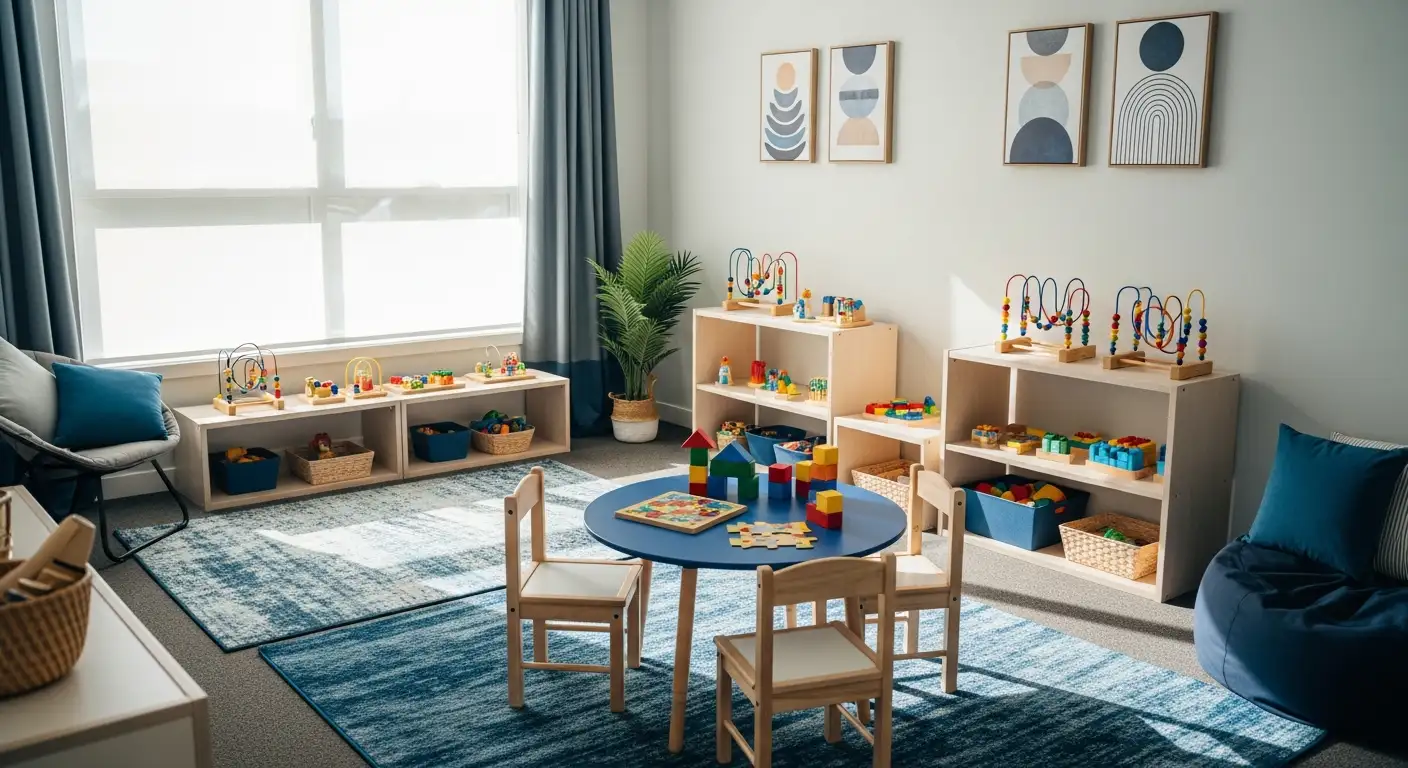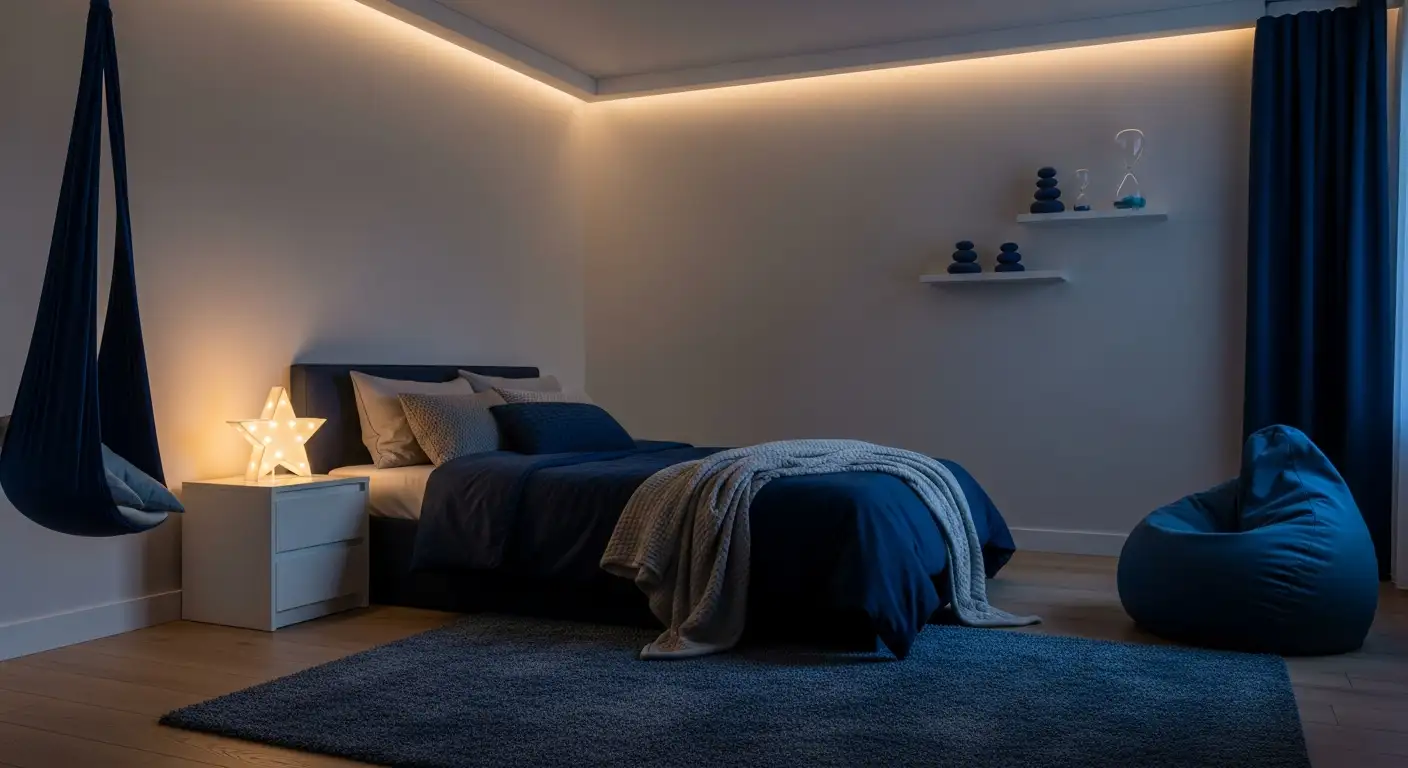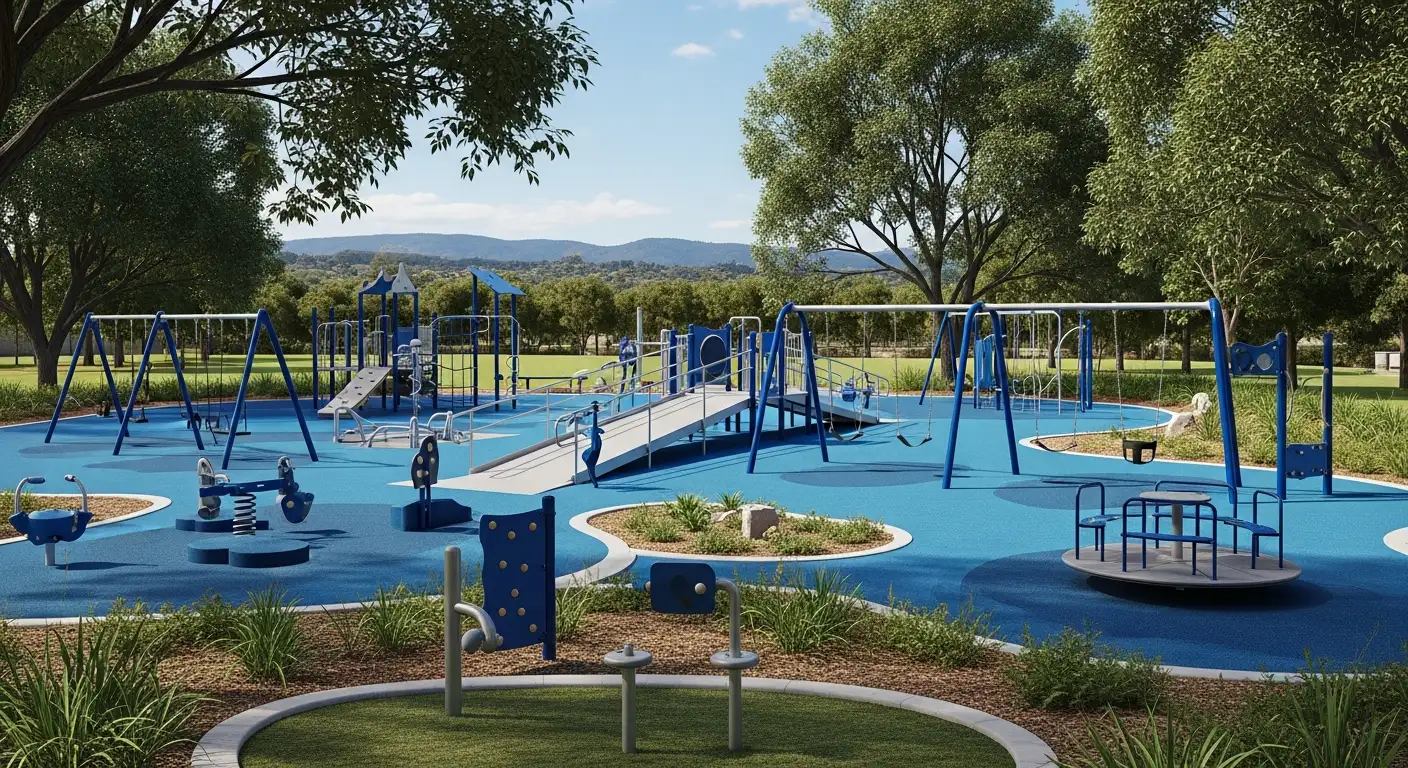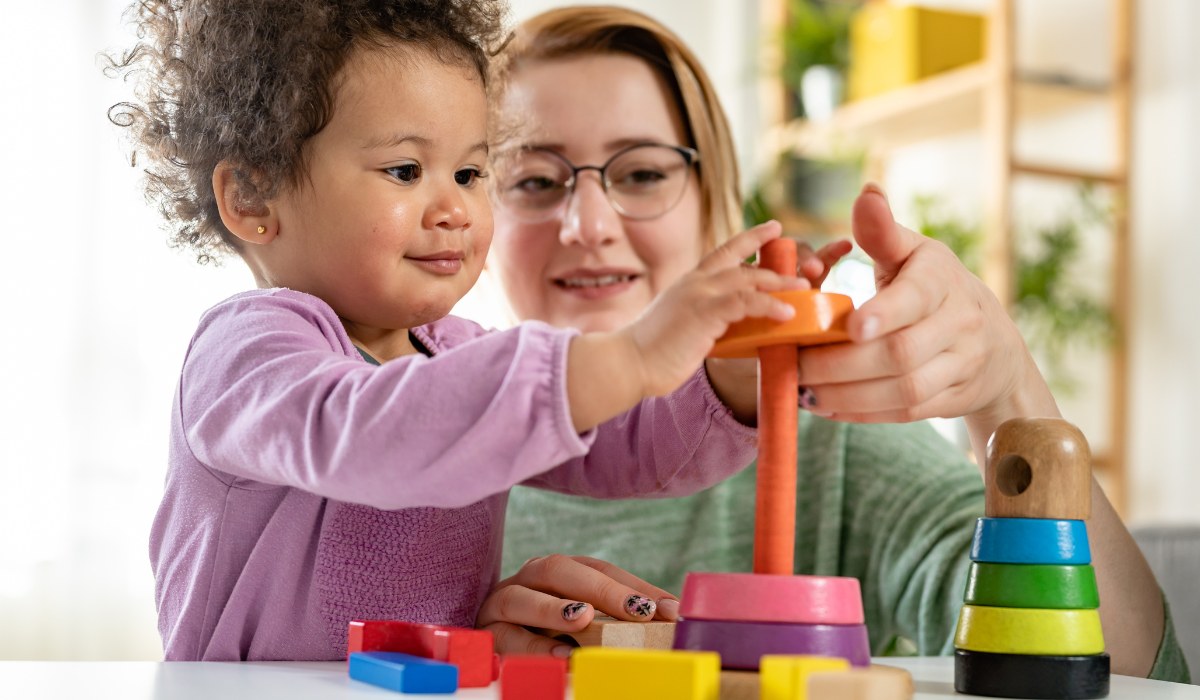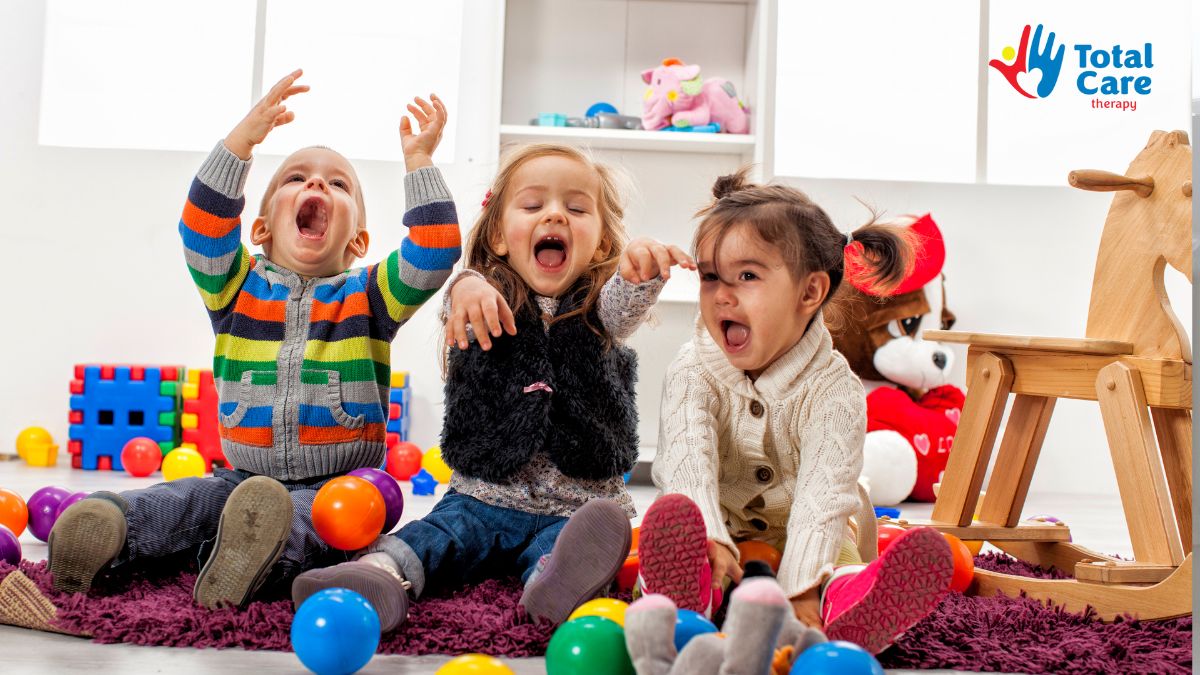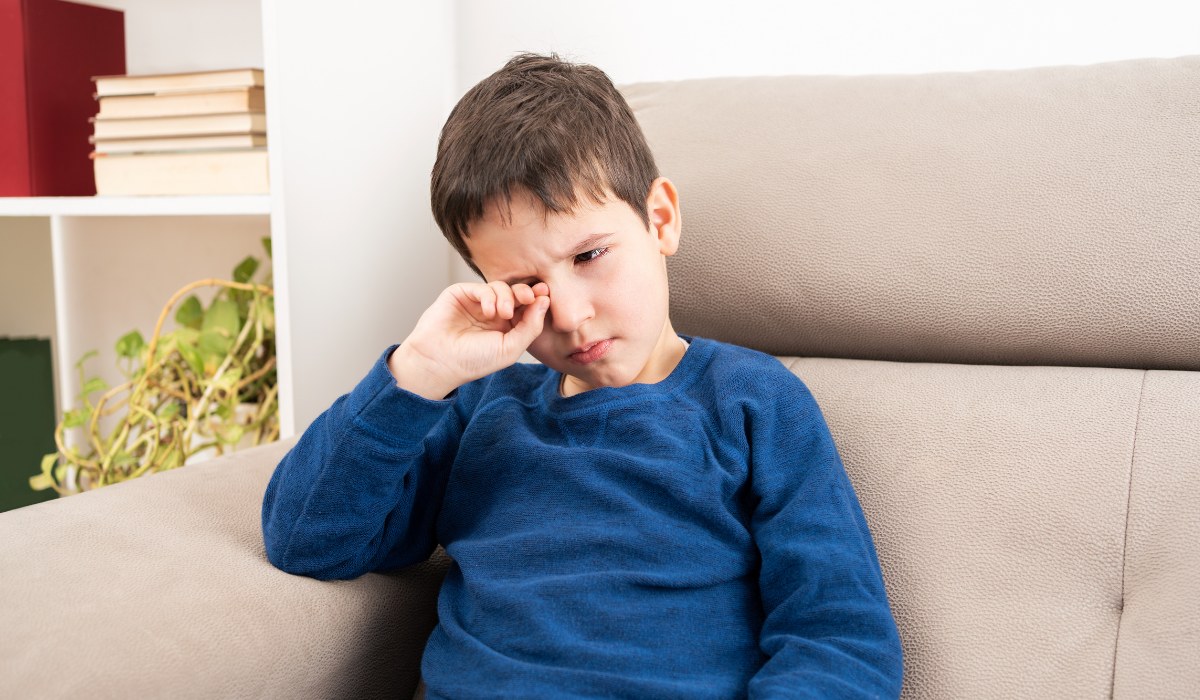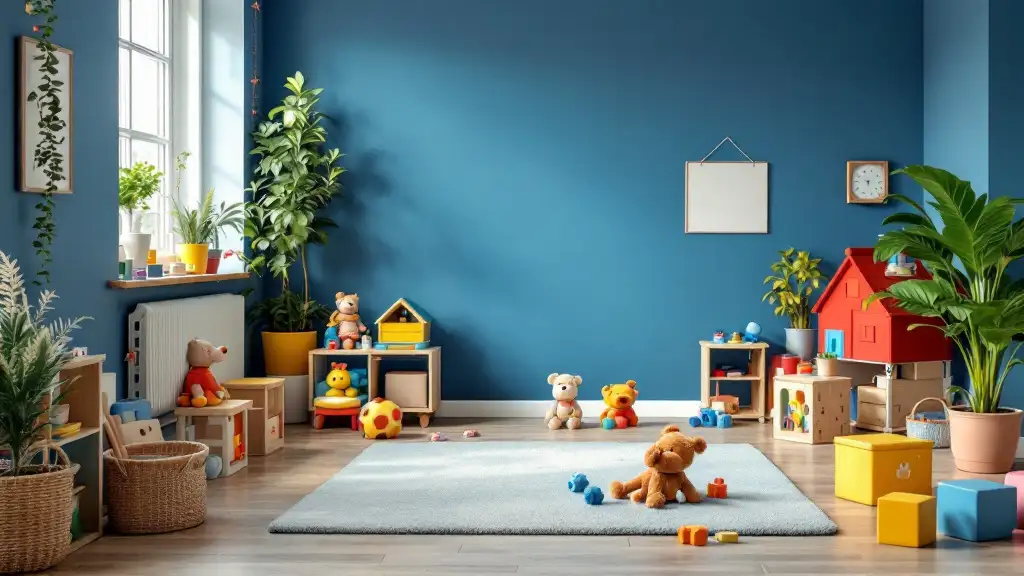Is It SPD or Autism? 7 Signs You Shouldn’t Ignore
Learn the key signs that distinguish SPD from autism. Spot early indicators to help your child get the right support and care as soon as possible.

Key Points:
- SPD (Sensory Processing Disorder) and autism share overlapping behaviors but differ in their root causes and developmental patterns.
- Identifying the subtle differences early helps guide families toward the right therapy and support.
- Understanding sensory triggers, social cues, and emotional regulation can reveal whether your child’s challenges stem from SPD, autism, or both.
When a child reacts strongly to sound, touch, or movement, many parents immediately wonder: Is it Sensory Processing Disorder (SPD) or autism? The confusion is understandable — both can cause sensory overload, emotional meltdowns, and social difficulties. Yet, while they may look similar on the surface, they stem from different developmental roots.
Knowing how to tell them apart isn’t just a matter of labeling; it’s about getting the right kind of help early on. The earlier you identify what’s really going on, the sooner your child can receive therapies tailored to their needs — whether it’s sensory integration therapy, behavioral interventions, or ABA therapy.
Let’s explore seven signs you shouldn’t ignore when trying to understand if your child is showing signs of SPD, autism, or both.
What’s the Difference Between SPD and Autism?
Before diving into the signs, it helps to understand where SPD and autism diverge. SPD is primarily a sensory regulation issue. A child may overreact or underreact to stimuli like light, sound, or texture, but typically maintains a typical range of communication and social understanding.
Autism, on the other hand, involves broader differences in brain development that affect communication, behavior, and social interaction — with sensory challenges being one of several hallmark traits.
It’s possible for a child to have both SPD and autism, but not all children with SPD fall on the autism spectrum. The key lies in looking at the pattern and context of your child’s responses.
Communication Delays: More Than Just a Speech Issue
Communication is one of the earliest areas where parents notice differences. Children with SPD might have excellent vocabulary but struggle to express feelings during sensory overload. Children with autism, however, often show delays or atypical patterns in communication across multiple settings.
For example, a child with SPD might say, “That shirt hurts!” because of a scratchy tag but will otherwise hold normal conversations. A child with autism might echo phrases (echolalia), talk mainly about specific interests, or not use gestures naturally.
Why it matters: Communication differences in autism stem from challenges in social reciprocity — understanding and responding to others — not just discomfort or frustration from sensory input.
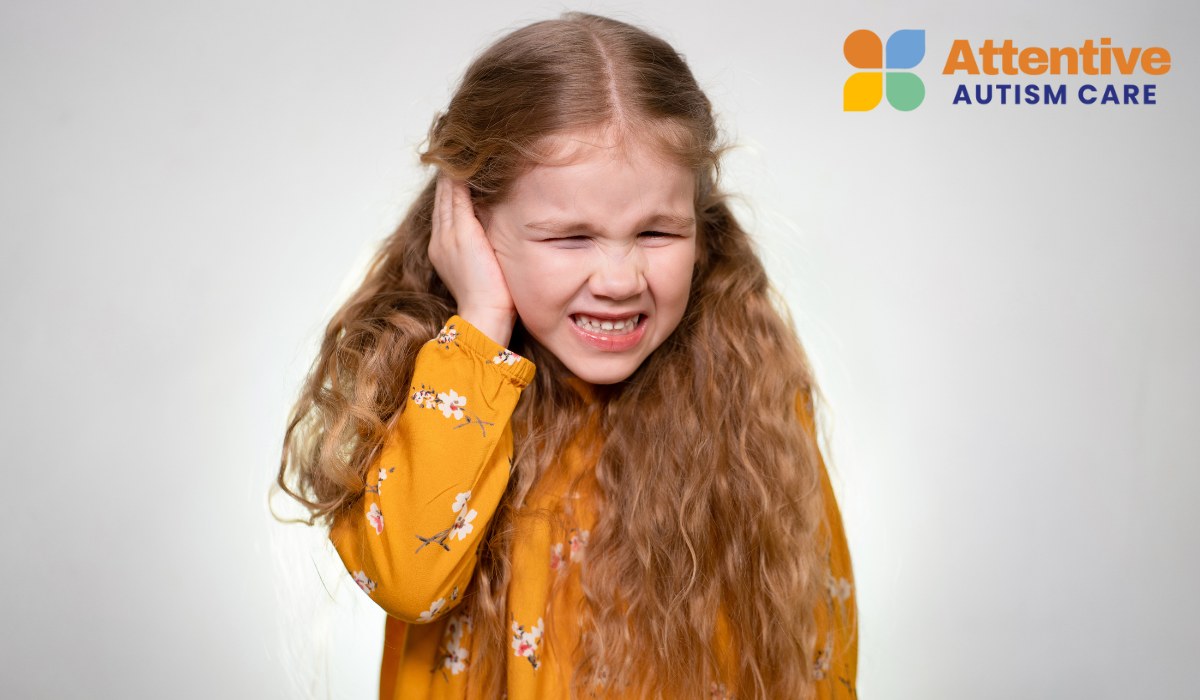
Social Interaction Patterns: How They Connect With Others
Children with SPD usually want to play with peers but may withdraw when things become overwhelming — like during noisy group play. Once the sensory issue is removed, they often re-engage socially.
Children with autism often experience deeper social disconnects that go beyond sensory triggers. They may have difficulty reading facial expressions, understanding tone of voice, or grasping the back-and-forth flow of conversation.
Look for:
- Difficulty making or keeping eye contact
- Limited interest in peer interaction
- Preference for repetitive play rather than imaginative play
- Trouble understanding nonverbal communication
The difference: SPD affects comfort in environments; autism affects connection in relationships.
Sensory Responses: Intensity, Frequency, and Triggers
Both SPD and autism involve sensory differences — but their patterns can help you tell them apart.
Children with SPD often have a specific sensory profile: perhaps touch is intolerable, but noise doesn’t bother them. They might crave deep pressure or swinging motions but dislike certain fabrics.
Children with autism may show more global sensory challenges, often intertwined with emotional or behavioral responses. They might flap their hands, hum, or cover their ears when overwhelmed — not just to block out sound, but also as a self-regulating mechanism.
Common SPD Sensory Signs:
- Avoids messy textures like paint, sand, or lotion
- Covers ears for loud sounds but enjoys others like music
- Seeks out spinning, jumping, or deep-pressure activities
- Gags at certain food textures
Common Autism Sensory Signs:
- Unpredictable reactions (sometimes overreacting, other times underreacting)
- Uses repetitive movements (stimming) to self-regulate
- Shows intense fascination with sensory experiences like watching spinning objects
- Has meltdowns in response to seemingly minor stimuli
Emotional Regulation and Meltdowns
Every child has emotional ups and downs, but children with SPD or autism experience them differently.
Children with SPD often have meltdowns that are directly tied to sensory triggers — for instance, crying in a crowded grocery store or refusing certain clothes. Once the sensory discomfort is removed, they usually recover quickly.
Children with autism, however, may have meltdowns linked to changes in routine, communication breakdowns, or social confusion — not only sensory input. Their reactions can last longer and may seem unpredictable to parents.
Tip: Keep a behavior log noting what happened before each meltdown. Patterns often reveal whether it’s sensory-related (SPD) or connected to changes in communication or social expectations (autism).
Repetitive Behaviors and Restricted Interests
Repetitive actions appear in both SPD and autism but for different reasons.
Children with SPD might repeatedly swing, jump, or touch objects because it helps them regulate sensory input. For them, it’s a physical need — like scratching an itch.
In autism, repetitive behaviors (like lining up toys, flapping, or focusing intensely on one topic) are often tied to comfort, predictability, or intense interests. These behaviors can also help manage anxiety or express fascination with patterns or details.
Ask yourself:
- Does my child use repetition to calm down (SPD)?
- Or do they seem emotionally attached to routines or specific interests (autism)?
Recognizing why the behavior happens is key to understanding the difference.
Cognitive and Play Development
Play is one of the clearest windows into a child’s developmental world.
Children with SPD usually engage in imaginative play once sensory discomfort is managed. They might pretend to cook, care for dolls, or build with blocks creatively.
Children with autism often engage in repetitive play — such as spinning wheels or arranging toys in specific ways — rather than storytelling-based play. They may struggle to understand pretend scenarios or take on others’ perspectives.
Example: If your child loves toy cars — a child with SPD might push them around while making engine sounds, while a child with autism might focus on spinning the wheels or watching them move without engaging in pretend play.
Response to Therapy and Intervention
Both SPD and autism respond to early intervention, but the type of therapy that helps most differs.
Occupational therapy with sensory integration is highly effective for SPD, focusing on helping children process sensory input more smoothly.
Autism, however, benefits most from comprehensive behavioral approaches such as Applied Behavior Analysis (ABA). ABA therapy focuses on communication, daily living skills, emotional regulation, and social engagement — addressing not just sensory differences, but the broader developmental challenges that come with autism.
Parents often notice that with consistent ABA therapy, their child becomes more adaptable, expressive, and confident in handling sensory-rich environments.
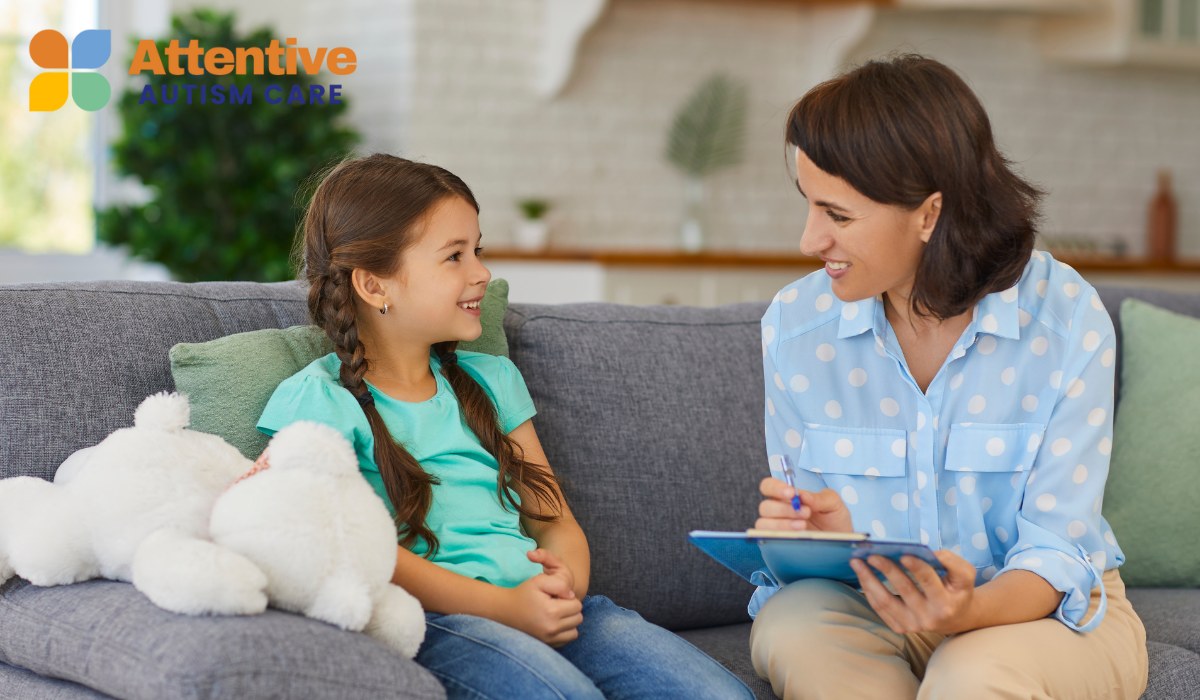
When to Seek an Evaluation
If you’re unsure whether your child has SPD, autism, or both, a professional evaluation is essential. A developmental pediatrician, occupational therapist, or BCBA (Board Certified Behavior Analyst) can assess your child’s developmental profile using tools like the ADOS (Autism Diagnostic Observation Schedule) and sensory assessments.
Early diagnosis matters. It helps parents make informed decisions about therapies and educational support before challenges become entrenched habits.
How ABA Therapy Supports Children with Autism and SPD
While ABA therapy is primarily designed for children with autism, many principles apply to sensory and behavioral regulation in general. A BCBA tailors each plan to your child’s strengths and challenges — teaching coping strategies, communication skills, and flexibility in routines.
For children with overlapping SPD and autism, ABA therapy can help them tolerate sensory environments, express needs clearly, and build meaningful social connections. It’s a structured, compassionate approach that empowers both children and parents to work toward long-term growth.
Getting the Right Support with Attentive Autism Care
Understanding whether your child has SPD, autism, or both can feel overwhelming — but you don’t have to navigate it alone. Attentive Autism Care provides compassionate, evidence-based ABA therapy in Colorado, Utah, North Carolina, Maryland, New Mexico, and Nebraska, helping families identify their child’s unique needs and build effective coping and communication skills.
Our team focuses on personalized care, empowering children to thrive in sensory environments and develop independence through everyday learning moments.
If you’re ready to take the next step toward clarity and confidence, contact us today to schedule an evaluation and explore how ABA therapy can make a meaningful difference for your child’s growth and well-being.


